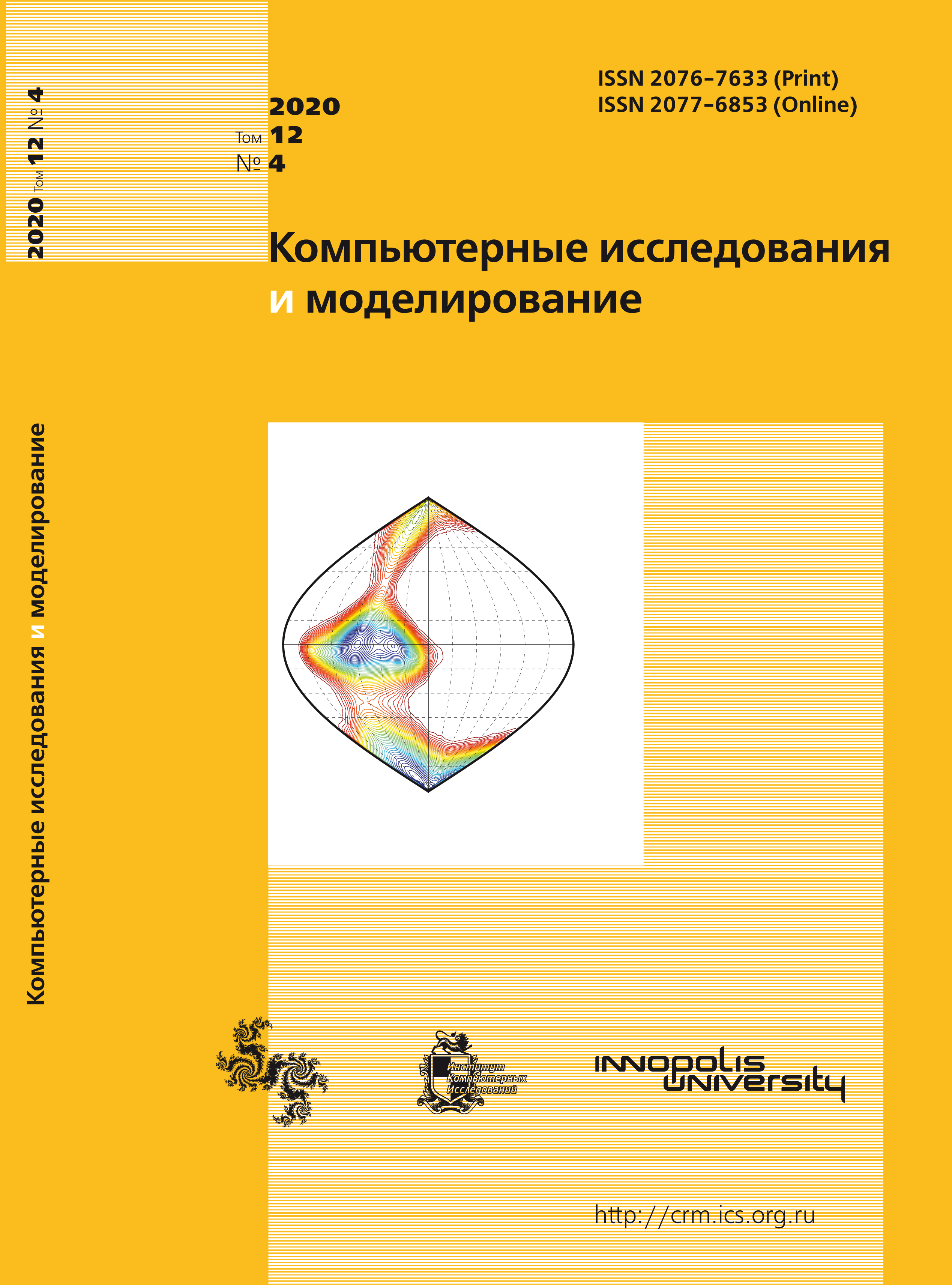All issues
- 2025 Vol. 17
- 2024 Vol. 16
- 2023 Vol. 15
- 2022 Vol. 14
- 2021 Vol. 13
- 2020 Vol. 12
- 2019 Vol. 11
- 2018 Vol. 10
- 2017 Vol. 9
- 2016 Vol. 8
- 2015 Vol. 7
- 2014 Vol. 6
- 2013 Vol. 5
- 2012 Vol. 4
- 2011 Vol. 3
- 2010 Vol. 2
- 2009 Vol. 1
Relaxation oscillations and buckling of thin shells
 pdf (489K)
pdf (489K)
The paper reviews possibilities to predict buckling of thin cylindrical shells with non-destructive techniques during operation. It studies shallow shells made of high strength materials. Such structures are known for surface displacements exceeding the thickness of the elements. In the explored shells relaxation oscillations of significant amplitude can be generated even under relatively low internal stresses. The problem of the cylindrical shell oscillation is mechanically and mathematically modeled in a simplified form by conversion into an ordinary differential equation. To create the model, the researches of many authors were used who studied the geometry of the surface formed after buckling (postbuckling behavior). The nonlinear ordinary differential equation for the oscillating shell matches the well-known Duffing equation. It is important that there is a small parameter before the second time derivative in the Duffing equation. The latter circumstance enables making a detailed analysis of the obtained equation and describing the physical phenomena — relaxation oscillations — that are unique to thin high-strength shells.
It is shown that harmonic oscillations of the shell around the equilibrium position and stable relaxation oscillations are defined by the bifurcation point of the solutions to the Duffing equation. This is the first point in the Feigenbaum sequence to convert the stable periodic motions into dynamic chaos. The amplitude and the period of relaxation oscillations are calculated based on the physical properties and the level of internal stresses within the shell. Two cases of loading are reviewed: compression along generating elements and external pressure.
It is highlighted that if external forces vary in time according to the harmonic law, the periodic oscillation of the shell (nonlinear resonance) is a combination of slow and stick-slip movements. Since the amplitude and the frequency of the oscillations are known, this fact enables proposing an experimental facility for prediction of the shell buckling with non-destructive techniques. The following requirement is set as a safety factor: maximum load combinations must not cause displacements exceeding specified limits. Based on the results of the experimental measurements a formula is obtained to estimate safety against buckling (safety factor) of the structure.
Copyright © 2020 Grachev V.A., Nayshtut Yu.S.
Indexed in Scopus
Full-text version of the journal is also available on the web site of the scientific electronic library eLIBRARY.RU
The journal is included in the Russian Science Citation Index
The journal is included in the RSCI
International Interdisciplinary Conference "Mathematics. Computing. Education"






